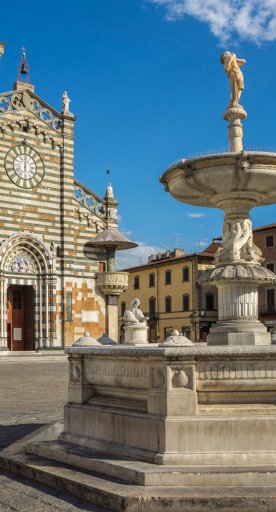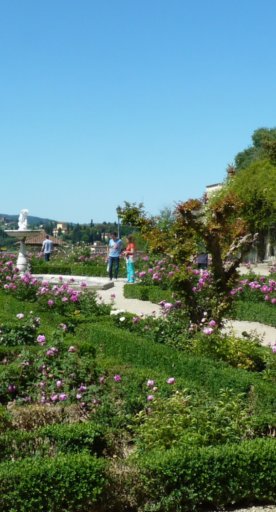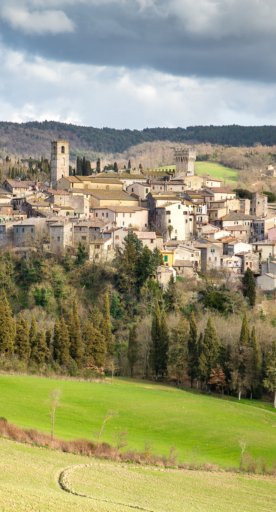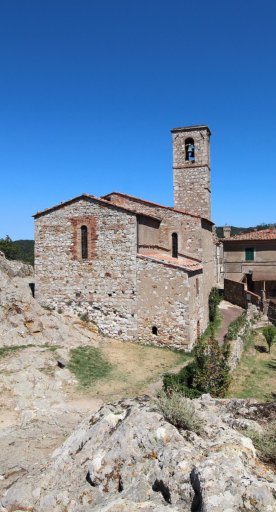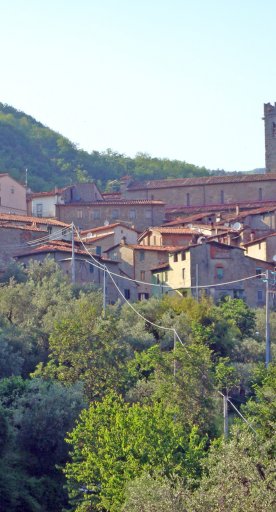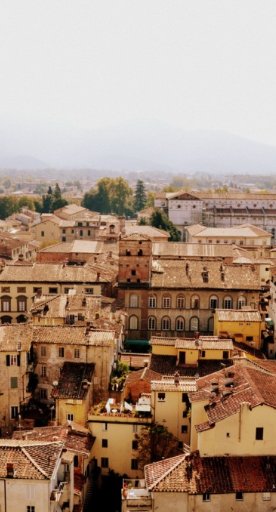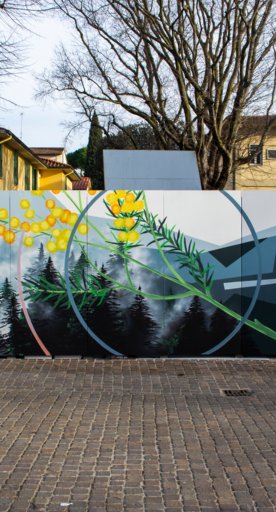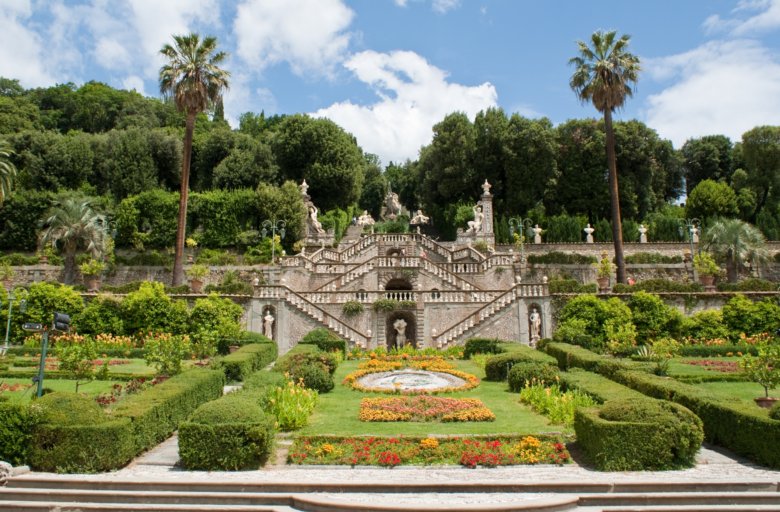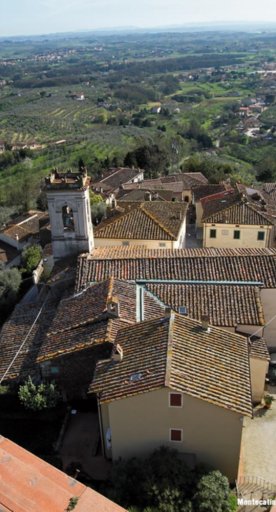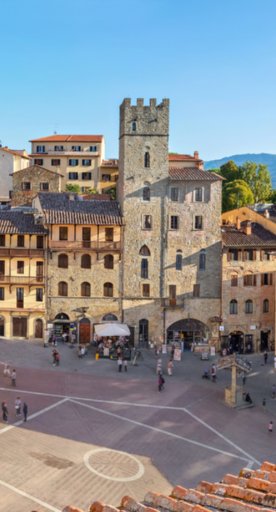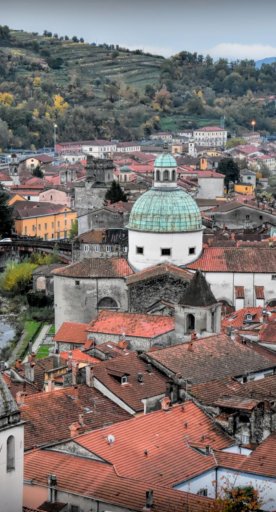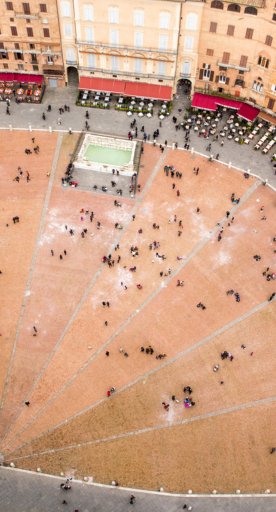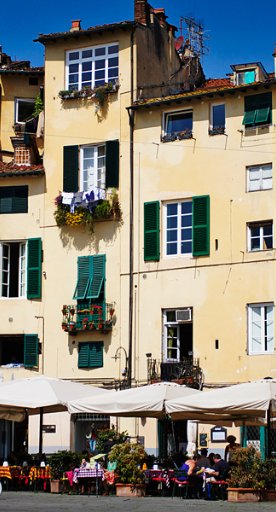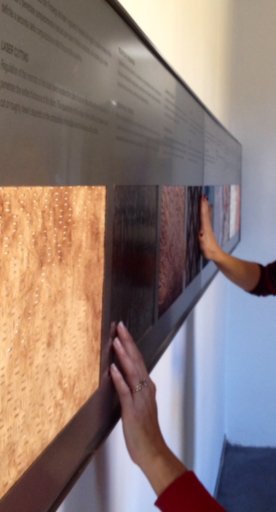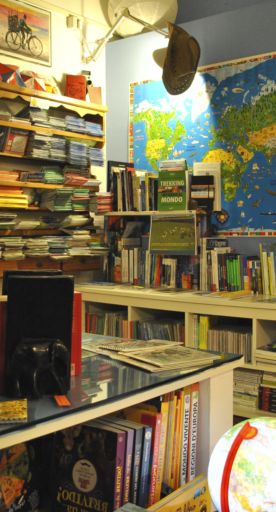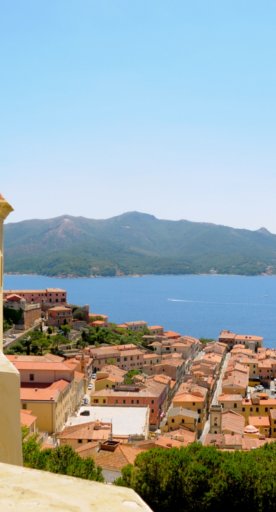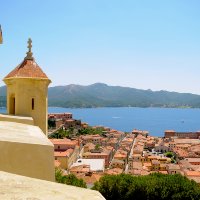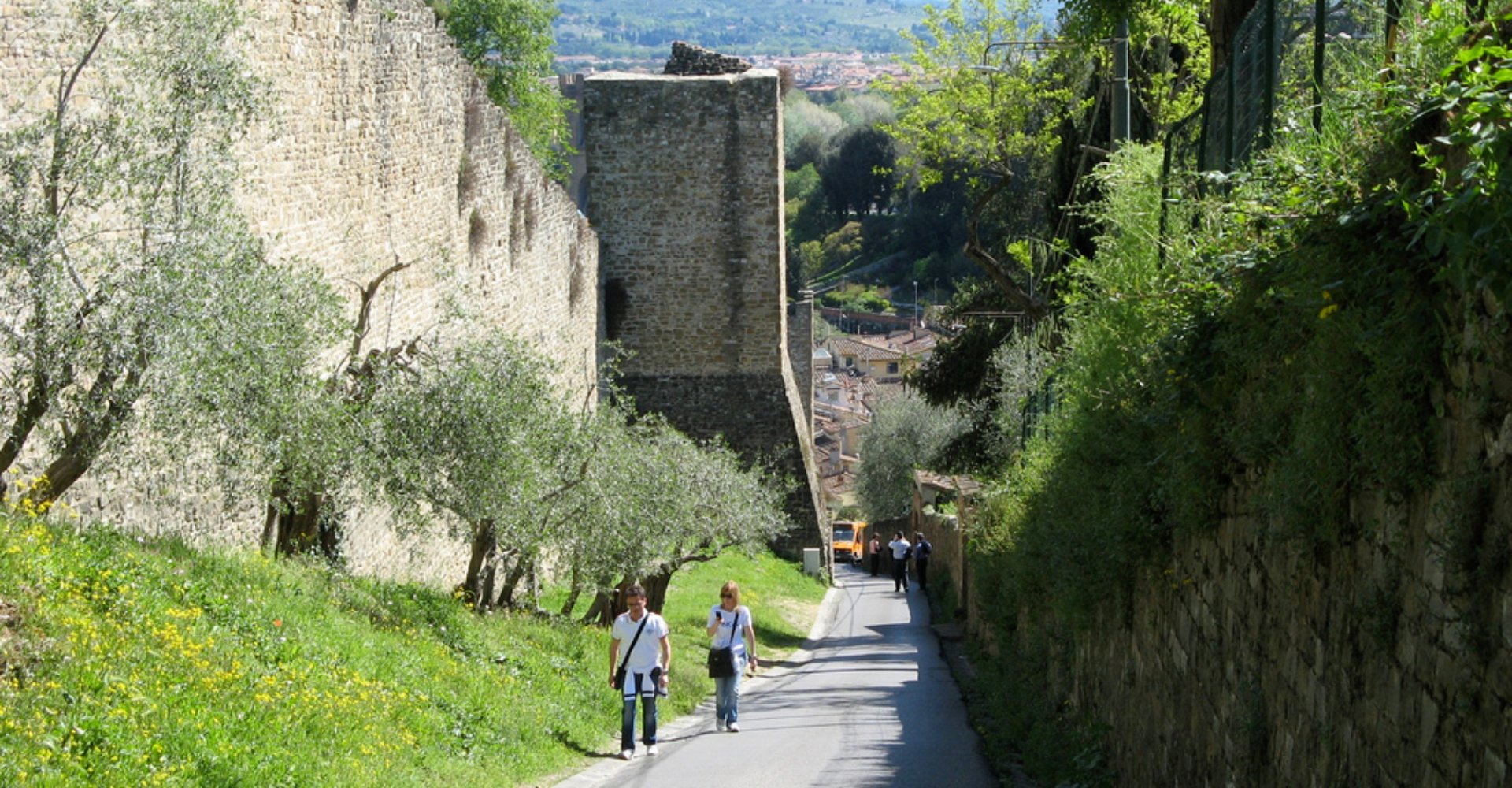
The gates of Florence
Gates, towers and walls: traces of a fortified city
Florence was a fortified city for centuries. Imposing walls protected it and drew its boundaries, adapting to the city’s constant transformations. From the Roman period to the 16ᵗʰ century, at least 5 different enclosures succeeded each other, as a living testimony to the city’s history.
Today, only one section of the city walls remains, in the southern part of the Oltrarno. On the north side of the Arno, the walls were torn down in the 19ᵗʰ century to make way for ring roads during the period when Florence was the capital of Italy.
Some elements, however, have survived time: monumental gates and towers that still mark the history of Florence.
Here is an itinerary to discover the gateways that are still visible, enriched with curiosities and clues to recognize even those that time has vanished.
-
1.Porta San Gallo
-
2.Porta alla Croce
-
3.Torre della Zecca
-
4.Torre San Niccolò
-
5.Porta san Miniato
-
6.Porta San Giorgio
-
7.Porta Romana
-
8.Porta San Frediano
-
9.Porta al Prato
-
10.The hidden doors
Porta San Gallo
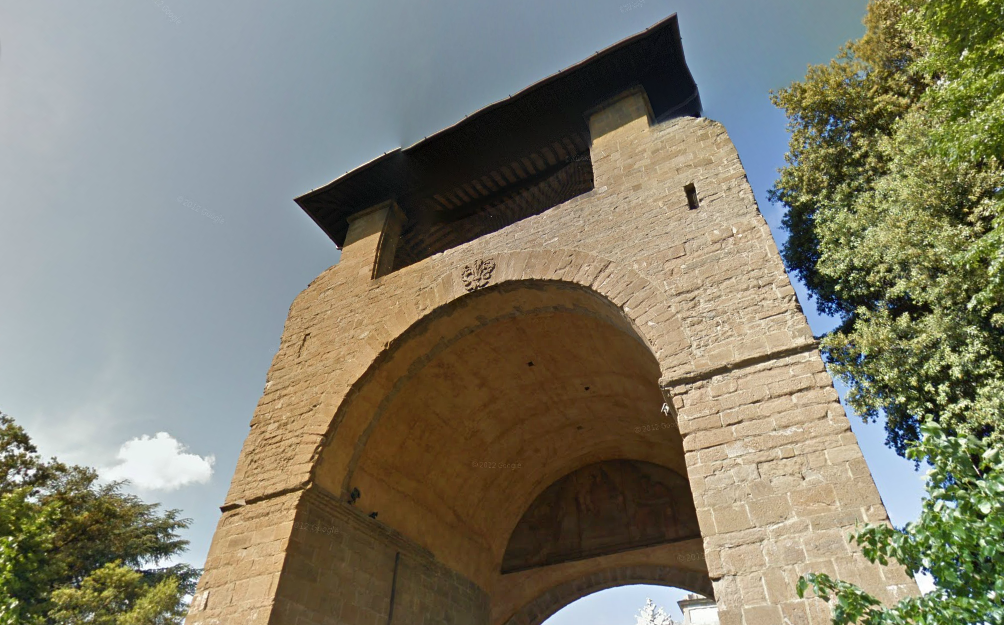
Facing the south side of Piazza della Libertà, just opposite the great Arco di Trionfo, its construction dates back to 1285, as recorded in an inscription.
The original keys are now kept at the Historical Topographical Museum of Florence (currently closed).
Porta alla Croce
Built in 1284, possibly to a design by Arnolfo di Cambio, today it stands in the center of Piazza Beccaria.
Its name comes from a cross that once marked this place, traditionally referred to as the site of the martyrdom of Saint Minias.
Originally taller, like many other gates and towers, the Porta alla Croce was lowered in the 16ᵗʰ century, during the siege of 1529–1530, to reduce its vulnerability to enemy fire.
Torre della Zecca
Once marking the eastern boundary of the walls, today this tower appears isolated at the intersection of the Viale (the ring road circling the city) and the Lungarno (riverbank).
In the 16ᵗʰ century, it was lowered and connected to buildings that housed hydraulic machinery—including the Florentine Mint where the famous gold florins were coined.
Torre San Niccolò
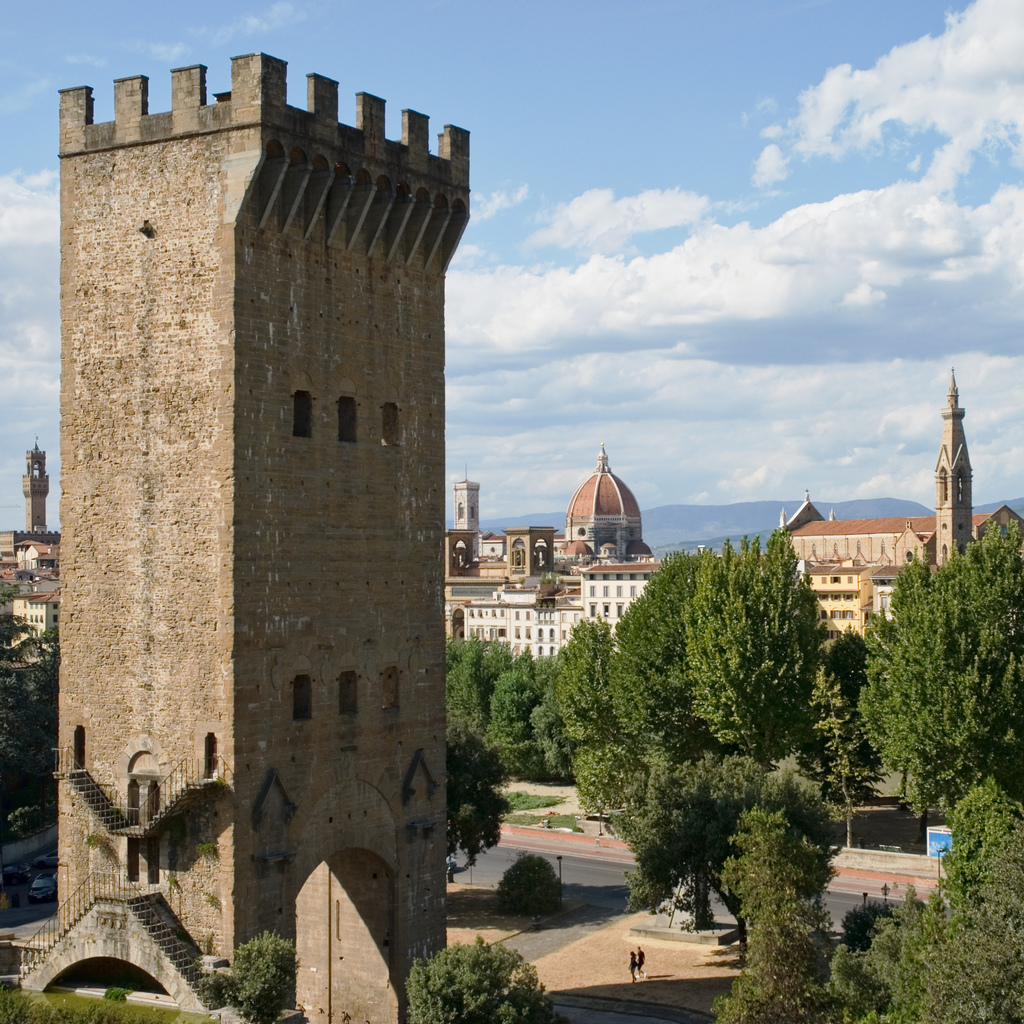
Built in 1324 as a gateway to the south side of the walls, this is one of the most beautiful and best preserved in Florence. Unlike the others, it was not lowered in the 16ᵗʰ century and still retains its original height, while the battlements were added in the 19ᵗʰ century.
During the summer months, until September 30, you can climb to its summit and be enchanted by one of the city’s most striking views.
Porta san Miniato
Dating back to 1320, it opens into one of the few sections of wall still well preserved to this day. Its architecture, sans tower, distinguishes it from other city gates. The present wooden doorway is a recent copy of the original.
Located in the San Niccolò area, its name comes from the fact that the road to the church of San Miniato al Monte starts from here.
Porta San Giorgio
A small passageway from 1324, it was lowered in the 16ᵗʰ century on the advice of Michelangelo, then in charge of the fortifications.
It is located in one of the greenest and least known areas of the city.
The lunette features a bas-relief of Saint George slaying the dragon, attributed to Andrea da Pontedera (now replaced by a copy, while the original is in the Palazzo Vecchio). Inside, however, a Madonna and Child with Saints Leonard and George by Bicci di Lorenzo is preserved.
Porta Romana

Built in 1328 as an exit point to head to Siena and Rome, Porta Romana is among the most impressive entrances to the Florentine walls, second in size only to Porta San Frediano. The lily carved in the center by Giovanni Pisano in 1331 and the plaques commemorating the entry of Leo X and Charles V into the city tell its story.
Today, the gate has five passageways, four of which were opened in 1930 to facilitate traffic and provide access to the Boboli Gardens. It was once adorned with statues, including the Madonna and Child and Saints Peter and Paul, now housed in the Bargello Museum.
Porta San Frediano
Built between 1332 and 1334 to a design attributed to Andrea Pisano, it was part of the 6ᵗʰ circle of walls and was considered the most imposing. This too was lowered in the 16ᵗʰ century yet still retains much of its original charm.
It is in fact the entryway that best preserves the original wooden door, complete with latches. On the outside, you can still see the iron rings to which horses were tied, while on the inside stands the Florence coat of arms.
Porta al Prato
Today it looks almost like a traffic divider, yet it is actually one of the oldest gates still standing, built in 1285 then later lowered.
Its name derives from Prato (translating to “Meadow”), the name given to the large forecourt that was originally unpaved and used as a cattle market.
The hidden doors
Torre della Serpe
A few feet from Porta al Prato is an almost hidden tower, built in the corner of the walls to protect a small military gate that provided access to the walkway. Its name recalls “Serpe,” the legendary head-guard.
Porta a Faenza
The 14ᵗʰ-century gate is still visible when looking from the outside at the Fortezza da Basso, into which it was incorporated during the 16ᵗʰ century.
Torrino di Santa Rosa
This marks the point where the 14ᵗʰ-century walls broke off, ideally continuing into the course of the Arno. It is also known as the Torre della Saggina (Sorghum Tower) since garbage and animal carcasses were once abandoned in this area outside the city.
To step through the gates of Florence is to take a journey through time, following the traces of the ancient walls that protected the city for centuries.
Each gateway opens onto stories of defense, art and everyday life—from the din of markets to the dreams of those who imagined secret passages under the Arno river.
Discovering them on foot or by bicycle is an authentic way to look at Florence from a different perspective, being delighted by details that often escape the first glance.
Start your discovery












